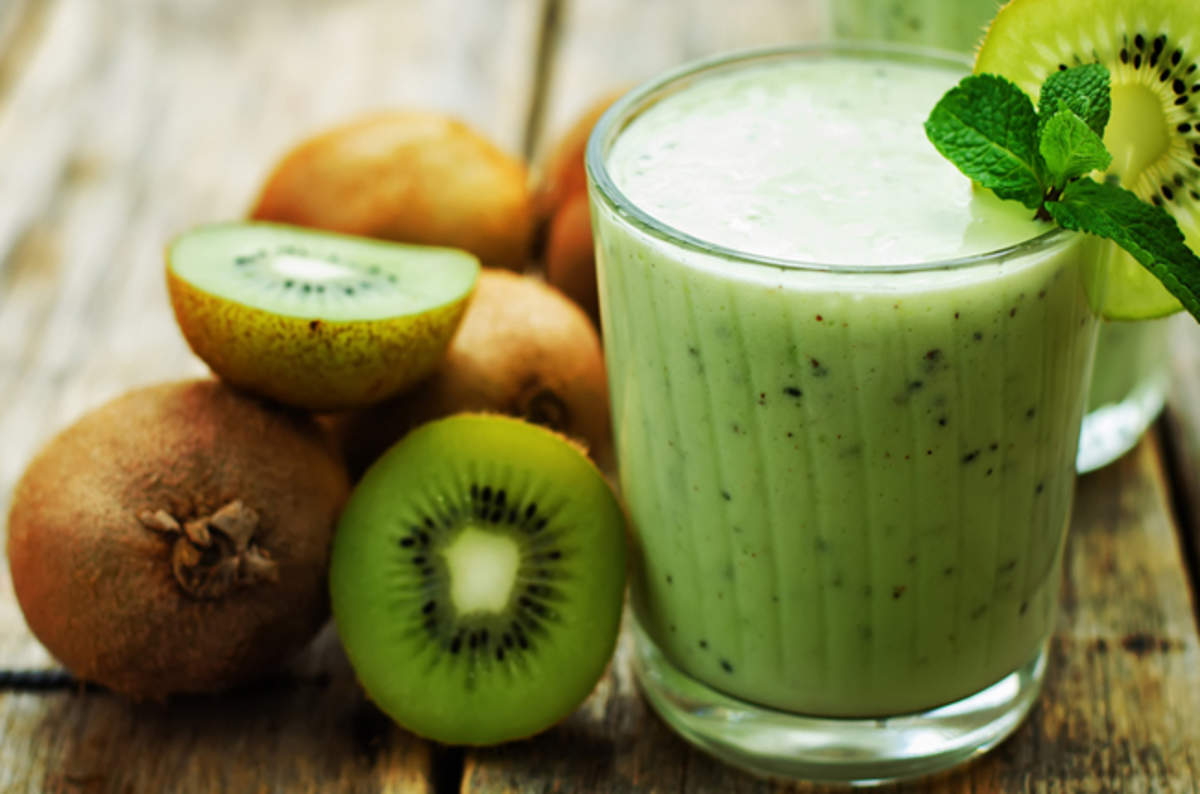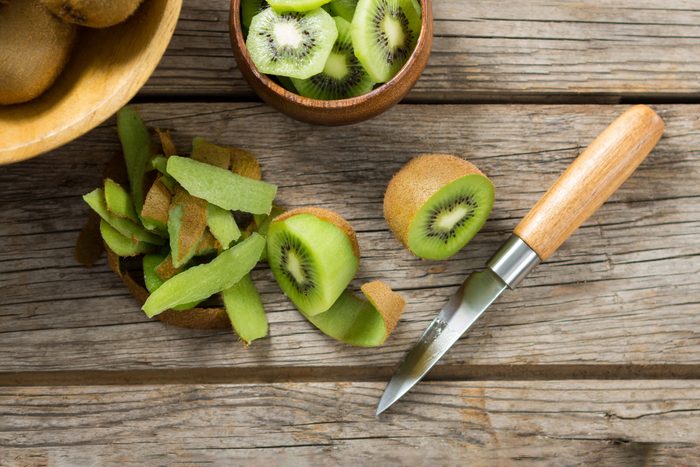A Deep Study Kiwi Cultivation: Introducing the Methods, Difficulties, and Potential for Sustainable Farming
In this short article, we will take you on a deep dive into the strategies, difficulties, and possibility for sustainable farming in the world of kiwis. Discover the optimal growing problems, cutting-edge farming strategies, and the sustainable methods that can open the complete potential of kiwi farming.
Ideal Growing Conditions for Kiwi Plant Kingdoms

Cutting-Edge Farming Strategies
To optimize kiwi farming, utilize cutting-edge methods that boost efficiency and sustainability. One such technique is accuracy agriculture, which makes use of sophisticated technologies like drones, GPS, and remote sensing to monitor and handle crops much more successfully. Drones furnished with multispectral electronic cameras can record high-resolution images of kiwi plants, enabling farmers to assess their health and wellness and discover any kind of indicators of condition or anxiety. GPS modern technology enables precise mapping and tracking of the kiwi creeping plants, optimizing watering and fertilization practices to make certain that each plant obtains the needed nutrients and water. An additional cutting-edge method is vertical farming, which includes growing kiwi plants in stacked layers making use of man-made lights and climate-controlled atmospheres. This technique makes the most of land usage efficiency and lowers water consumption, making it perfect for metropolitan locations or regions with minimal cultivatable land. Furthermore, hydroponics and aeroponics systems are gaining popularity in kiwi farming. These soilless growing methods provide plants with a nutrient-rich remedy or haze, specifically, advertising faster growth and higher yields. By accepting these cutting-edge strategies, kiwi farmers can accomplish greater efficiency, enhance source utilization, and add to sustainable farming techniques.
Obstacles Encountered by Kiwi Farmers
Dealing with various difficulties, kiwi farmers should browse through numerous obstacles to make certain effective growing and lasting farming practices. Kiwi plants require a particular climate to grow, with great winters months and warm summer seasons.
Another significant challenge for kiwi farmers is conditions and pests. Kiwi vines are vulnerable to an array of pests, including termites, aphids, and thrips, which can damage the fallen leaves and fruit. In addition, diseases like Psa (Pseudomonas syringae pv. actinidiae) and botrytis can severely impact kiwi manufacturing. Farmers need to use integrated insect management techniques, such as routine tracking, organic control techniques, and appropriate cleanliness, to stop and take care of parasite and illness episodes.
Kiwi farming requires labor-intensive activities, such as harvesting, trellising, and trimming. Locating competent laborers who are knowledgeable concerning kiwi farming methods can be tough.
Sustainable Farming Practices for Kiwi Growing

To make certain lasting kiwi farming, you can execute a variety of methods that promote environmental stewardship and lasting practicality of your ranch. One crucial technique is making use of organic plant foods and bug monitoring strategies. By avoiding synthetic chemicals and instead selecting all-natural alternatives, you can lessen the unfavorable effect on soil wellness and biodiversity. In addition, it is vital to exercise accountable water administration. Kiwi plants need a considerable amount of water, but extreme watering can bring about water waste and soil erosion. Executing efficient watering systems, such as drip watering or accuracy sprinklers, can help preserve water and maximize its usage. Another lasting farming method is the use of cover crops. These plants not only aid stop soil disintegration however additionally enhance soil fertility by including raw material and dealing with nitrogen. Carrying out incorporated insect administration strategies can considerably reduce the demand for chemical pesticides. By urging natural killers, utilizing pheromone catches, and practicing crop turning, you can properly control insects while minimizing environmental internet harm. Lastly, taking moved here on sustainable energy methods, such as utilizing solar power or investing in energy-efficient modern technologies, can reduce your ranch's carbon impact and add to an extra lasting kiwi farming system.
Unlocking the Potential of Kiwi Farming
By executing sustainable farming methods, you can unlock the complete capacity of kiwi farming while decreasing environmental impact. Kiwi farming has enormous capacity for growth and productivity, yet it likewise comes with its very own collection of obstacles. To completely open this capacity, it is essential to take on sustainable strategies that not just take full advantage of yield and high quality but also make certain long-term viability.
One trick aspect of opening the capacity of kiwi farming is maximizing irrigation practices - what do kiwis taste like. Kiwi plants call for a specific quantity of water to prosper, and by utilizing effective watering systems such as drip watering or accuracy sprinklers, you can reduce water wastage and reduce the risk of waterlogging or dirt disintegration
An additional essential element is soil health monitoring. Healthy and balanced and productive soil is crucial for the development and development of kiwi plants. By implementing techniques such as cover cropping, crop turning, and natural fertilization, you can boost dirt framework, improve nutrient accessibility, and lessen the demand for chemical inputs.
Furthermore, incorporated pest management (IPM) techniques are vital in unlocking the possibility of kiwi farming. By embracing IPM strategies such as biological insect control, scent catches, and crop tracking, you can properly manage parasites and diseases while minimizing the usage weblink of chemical pesticides.
Final Thought
In conclusion, kiwi growing holds excellent prospective for lasting farming techniques. With optimum growing problems and a focus on sustainable practices, kiwi farming can flourish while reducing environmental impact.
Discover the ideal growing problems, advanced growing strategies, and the lasting methods that can unlock the full possibility of kiwi farming. By accepting these cutting-edge strategies, kiwi farmers can attain better productivity, optimize resource use, and add to lasting farming practices.
Facing many challenges, kiwi farmers should browse with different barriers to guarantee successful cultivation and sustainable farming methods.By executing sustainable farming practices, you can unlock the full potential of kiwi farming while lessening ecological influence.In conclusion, kiwi cultivation holds terrific potential for sustainable farming practices.